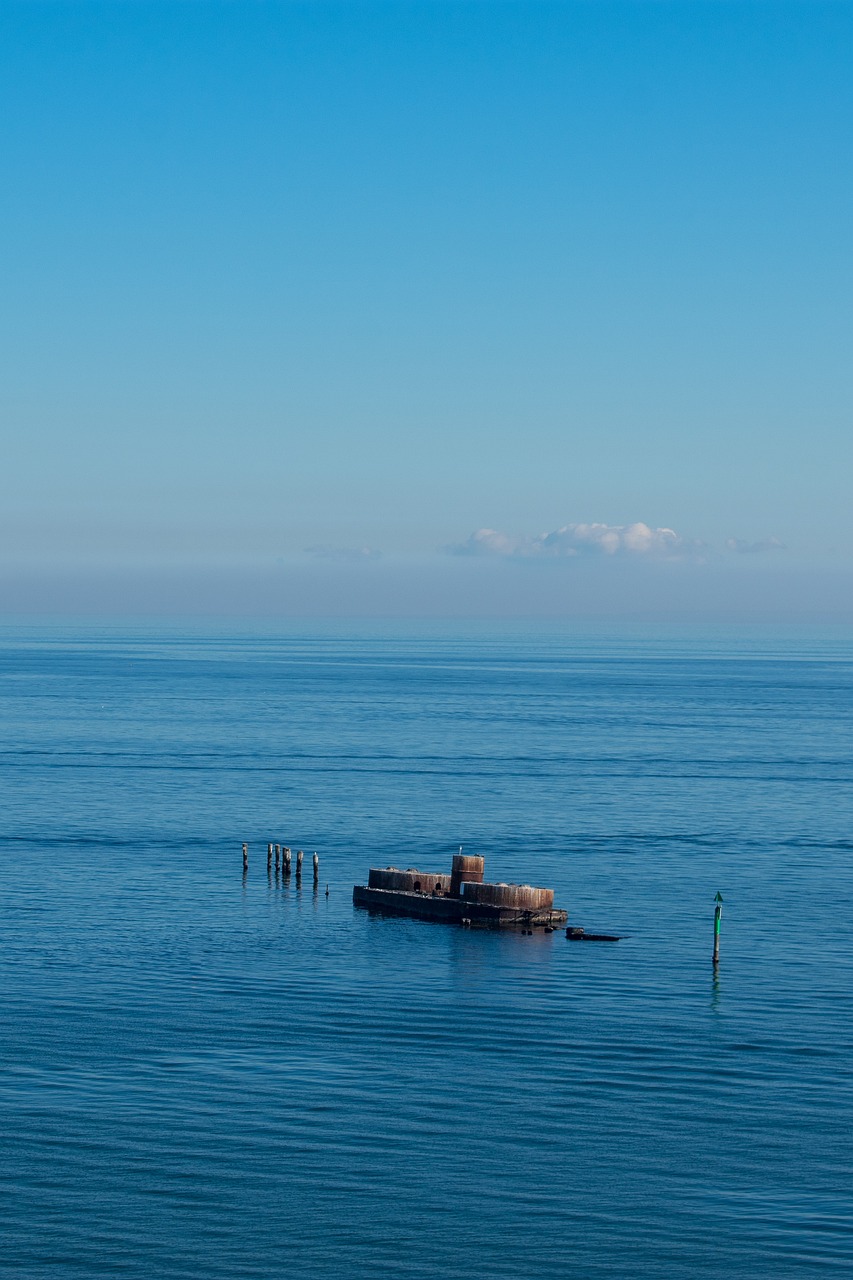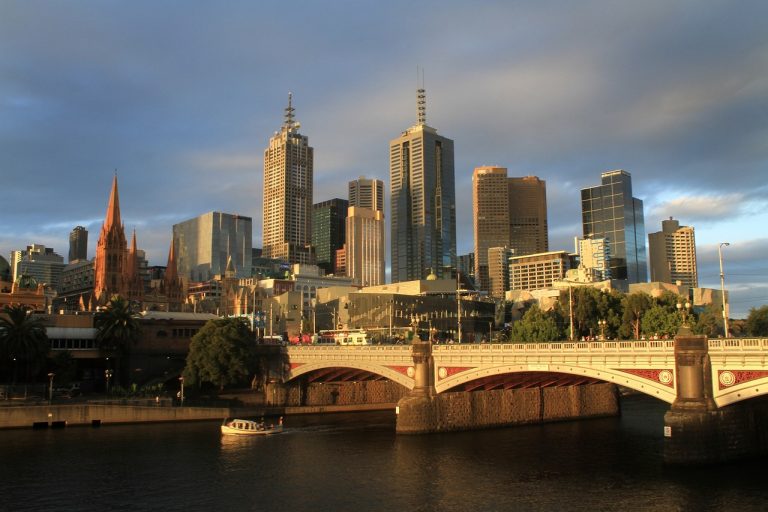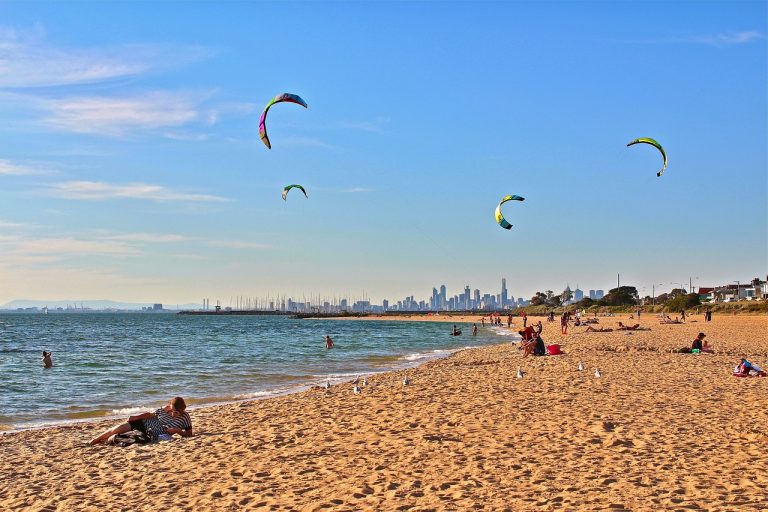Melbourne Australia Video
Public Transportation in Melbourne Australia: A Complete Guide
Melbourne, the vibrant capital city of Victoria, Australia, offers an extensive public transportation system that allows residents and visitors to conveniently navigate the city. From trains and trams to buses and ferries, Melbourne’s public transportation network provides efficient and affordable options for getting around. In this complete guide, we will explore the various modes of public transportation available in Melbourne, along with essential information to help you make the most of your travel experience.
Trains
- Flinders Street Station: Located in the heart of Melbourne, Flinders Street Station is not only a major transport hub but also an iconic landmark. It serves as the central point for train services across the city and beyond. The station offers connections to various train lines, including suburban, regional, and interstate services.
- Myki Card: To travel on Melbourne’s trains, you will need a Myki card, which is a reusable smart card that can be topped up with funds. It allows for seamless travel across trains, trams, and buses within the designated zones. You can purchase a Myki card at train stations, retail outlets, or online.
- Train Zones: Melbourne’s train network is divided into different zones, ranging from Zone 1 to Zone 2. The fare you pay depends on the number of zones you travel through. Zone 1 covers the central areas, while Zone 2 extends to the outer suburbs.
- Train Frequency: Trains in Melbourne generally operate from early morning until midnight, with reduced services during off-peak hours. During peak times, trains run more frequently, ensuring a smooth commute for passengers.
- Accessibility: Melbourne’s trains are equipped with facilities to accommodate passengers with disabilities. Many stations have ramps, lifts, and tactile tiles to assist visually impaired individuals. Additionally, designated spaces are available for wheelchair users on trains.

Trams
- Free Tram Zone: Melbourne’s city center features a Free Tram Zone, allowing passengers to travel on trams within the designated area without the need for a Myki card. This makes it convenient for exploring popular attractions within the city.
- Tram Routes: The tram network in Melbourne covers an extensive area, connecting various suburbs and key destinations. Tram routes are numbered and color-coded, making it easy to identify the desired line.
- Myki Card: Outside the Free Tram Zone, you will need a Myki card to travel on trams. Ensure you have sufficient funds loaded onto your card before boarding.
- Tram Stops: Tram stops are located at regular intervals along the routes, easily identifiable by signage and tram tracks. Passengers should wait at the designated stops to board the tram.
- Accessibility: Trams in Melbourne are designed to accommodate passengers with disabilities. Low-floor trams provide level access for wheelchair users, and priority seating is available for those with mobility challenges.
Buses
- Bus Routes: Melbourne’s bus network covers areas not serviced by trains or trams, making it a crucial mode of transportation for certain suburbs. Bus routes are numbered and display the destinations they serve.
- Bus Stops: Bus stops are located throughout the city, often marked by signs displaying the route number and destinations served. Passengers should wait at the designated stops to board the bus.
- Myki Card: Just like trams, buses in Melbourne require a Myki card for fare payment. Ensure you have a valid Myki card with sufficient funds loaded before boarding the bus.
- Bus Frequency: Buses in Melbourne generally operate at regular intervals, with more frequent services during peak times. Off-peak hours may have reduced frequencies, so it’s advisable to plan your journey accordingly.
- Accessibility: Many buses in Melbourne are equipped with features to assist passengers with disabilities. They may have low floors, ramps, and designated spaces for wheelchair users.

Ferries
- Yarra River Ferries: The Yarra River flows through Melbourne, and ferries offer a unique way to explore the city while enjoying scenic views. Yarra River ferries operate between various stops, including popular destinations like Southbank and Williamstown.
- Ferry Routes: Ferry routes are marked by different colors, and each route serves specific stops along the river. Timetables are available, allowing passengers to plan their journeys accordingly.
- Myki Card: Myki cards are not required for Yarra River ferries, as they operate on a separate fare system. Tickets can be purchased onboard or at designated ticket outlets.
- Ferry Frequency: Ferries on the Yarra River generally operate at regular intervals, offering a leisurely mode of transportation for both locals and tourists alike.
- Accessibility: Some Yarra River ferries are designed to accommodate passengers with disabilities. These ferries may have ramps and designated spaces for wheelchair users.
Taxi Services and Rideshares
- Taxi Services: Taxis are readily available in Melbourne and can be hailed from the street or found at designated taxi ranks. Taxis operate on a metered fare system, and fares may vary depending on the time of day and distance traveled.
- Rideshare Services: Rideshare services like Uber and Lyft are also popular in Melbourne. These services provide convenient transportation options, allowing passengers to book rides through mobile applications.
- Accessibility: Some taxi services and rideshares in Melbourne offer wheelchair-accessible vehicles upon request. It’s advisable to specify your accessibility needs when booking a ride.

Parking and Car Rentals
- Parking: Melbourne has various parking options available, including on-street parking, parking garages, and designated parking lots. Fees and time restrictions apply in certain areas, so it’s essential to check the signage and adhere to the regulations.
- Car Rentals: If you prefer to explore Melbourne by car, there are several car rental companies operating in the city. Booking in advance is recommended to secure the vehicle of your choice.
- Driving in Melbourne: Familiarize yourself with Melbourne’s traffic rules and regulations before driving in the city. Be aware of speed limits, road signs, and parking restrictions to ensure a safe and hassle-free experience.
Conclusion
Melbourne’s public transportation system offers a comprehensive network of trains, trams, buses, ferries, taxis, and rideshares, providing convenient options for getting around the city. Whether you’re a resident or a visitor, utilizing public transportation can save you time and money while exploring Melbourne’s diverse neighborhoods and attractions. Remember to plan your journeys, check timetables, and ensure you have the necessary fare media, such as a Myki card, to enjoy a seamless travel experience.
References
- ptv.vic.gov.au
- visitmelbourne.com
- melbourne.vic.gov.au
- yarratrams.com.au
- transdevmelbourne.com.au







